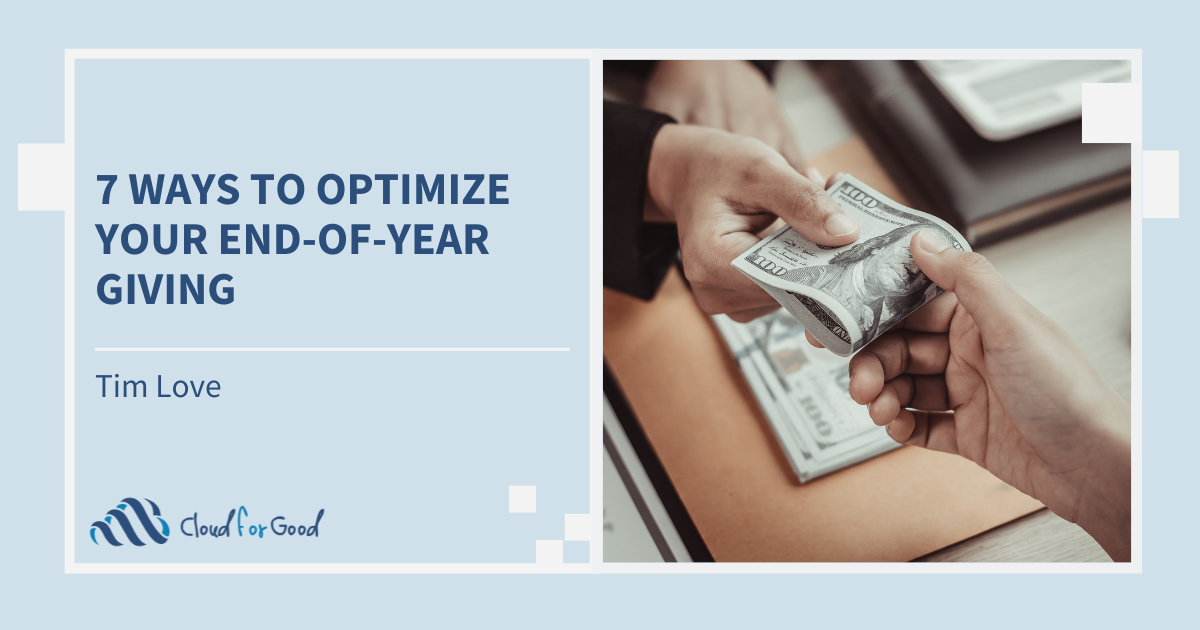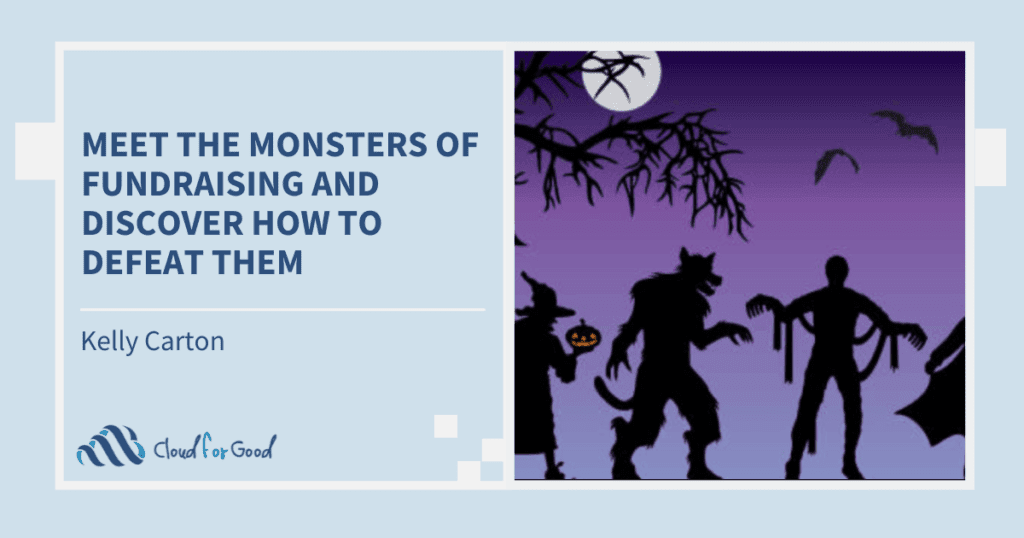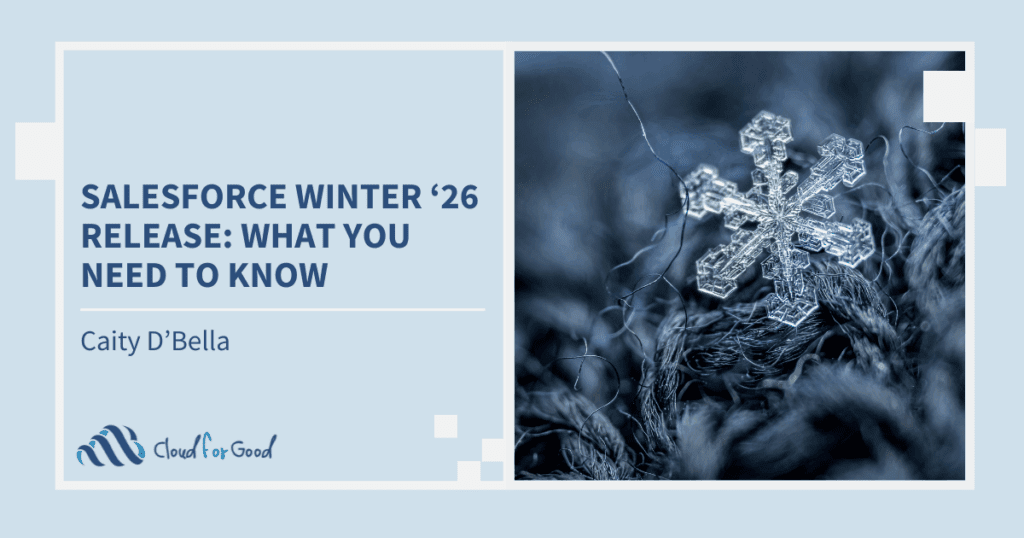The end of the year is the most important fundraising window for nonprofits, and the momentum you build during this period can influence your donor pipeline for the entire year ahead. While Giving Tuesday marks an exciting kickoff, the real opportunity lies in building a data-informed, multi-week strategy that attracts new donors, reactivates lapsed supporters, and deepens engagement with your existing community.
Rising donor expectations, increased competition, and tighter budgets mean nonprofits must work with more precision and agility than ever before. Success requires unified data, thoughtful segmentation, personalized communication, and real-time decision making. The following seven strategies will help you use your data to maximize both the early-season surge around Giving Tuesday and the full potential of year-end giving.
1. Unify Your Data into a Single Source of Truth
When donor information is scattered across different systems such as volunteer sign-up platforms, email tools, and event software, it becomes difficult to understand your audience clearly and to act quickly when opportunities arise. By consolidating your data into a platform like Salesforce Data Cloud, supported by analytics tools such as Tableau or CRM Analytics, you gain a comprehensive view of every supporter and their interactions with your organization.
A unified data foundation enables identifying high-potential donors, simplifying gift processing, and responding to trends as they unfold. It eliminates the guesswork and equips your entire team with the clarity they need for confident, informed decision-making during the busiest fundraising period of the year.

Jewish Community of Louisville
2. Segment Your Audience with Precision
Once all of your data is centralized, you can begin segmenting donors in much more meaningful ways. First-time donors, for example, will respond differently to messaging than longtime supporters. Volunteers may be excellent candidates for their first financial gift. Socially active followers may be the perfect advocates for spreading your message. High-value donors may need a more personal, relationship-based approach.
By understanding these distinctions, you can craft messages that resonate more deeply with each group. A new donor may appreciate a warm, introductory message about the impact of their first gift, while recurring donors may be invited to deepen their annual commitment. Volunteers may be encouraged to take the next step in supporting your work, and social influencers can be empowered to share your campaign with their networks. This thoughtful segmentation helps your message reach the right audience at the right time, and with the right tone.
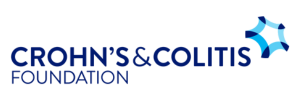
The continued success of Crohn’s & Colitis Foundation’s fundraising will always be a priority. With a combination of Marketing Cloud and Cloud for Good’s Direct Response Services, the foundation is able to utilize a single source of data to hyper-segment its prospects for targeted, personalized, omnichannel campaigns over email, text messaging, telemarketing, and direct mail.
3. Use Data to Set Smart Goals and Build a Plan
Your historical data offers valuable insight into how you should shape this year’s strategy. Reviewing past performance reveals average gift sizes, channel conversion rates, donor engagement patterns, and year-end giving timing trends. When you visualize these insights in dashboards within Salesforce or Tableau, you can easily spot opportunities for improvement and areas of strength.
This clarity allows you to set realistic, data-backed goals for the season, including targets for acquiring new donors, increasing average gift size, determining which channels should take priority, and identifying which donor groups need additional cultivation. With these goals in place, you can create a more strategic, intentional plan that aligns your team around a shared vision for year-end success.
4. Personalize Communications Across Channels
Donors are more likely to give when they feel that the message they receive is tailored to their interests, behaviors, and giving history. Your data can guide both the content and the channel of your communications. For example, a donor who gave last December might receive an update on the impact of their previous gift along with a compelling invitation to renew their support. Someone who engages consistently on mobile might be more responsive to a simple text message that makes giving quick and convenient. Highly engaged supporters might respond best to stories or interactive elements on social media that pull them more deeply into your mission.
Personalizing communication in this way creates a greater sense of connection and recognition, helping donors feel appreciated and understood. This emotional connection can significantly increase the likelihood that they will support your organization during the year-end period.

Cloud for Good
5. Monitor Real-Time Performance and Adapt On the Fly
The pace of year-end giving can shift rapidly, and having access to real-time insights can make the difference between meeting your goals and missing opportunities. With a real-time dashboard connected to your unified data, you can watch your results unfold in real time. You will be able to see when donation volume increases, which channels are generating the strongest response, and which donor groups might need additional attention.
This level of visibility allows you to make changes quickly and strategically. If one channel slows, you can shift your focus to another. If a specific segment is responding particularly well, you can reinforce your engagement there. If momentum starts to drop, you can boost urgency with a limited-time match or a compelling new impact story. Real-time monitoring helps you adjust your efforts to maintain energy throughout the season.
6. Tell the Story of Impact Using Data
Donors give because they believe in your mission and want to make a meaningful difference. Data can help you show exactly what that difference looks like. Sharing real-time updates about the number of people reached, programs supported, or geographic areas impacted can help donors see how their contributions create change. Highlighting the ripple effect of peer-to-peer sharing or showcasing specific community outcomes can further increase transparency and trust.
These data-informed stories make your work tangible. They help donors feel confident that their support is making a difference, which increases both the likelihood of giving now and the potential for deeper involvement in the future.
7. Plan for Retention Before the Gifts Even Arrive
A successful year-end campaign does not end when the gifts stop coming in. Retention planning should begin well before the first donation of the season. Tools such as Salesforce Marketing Cloud, Account Engagement, and automated Data Cloud Journeys allow you to create meaningful follow-up experiences for donors once they give.
This could include personalized thank-you messages, welcome journeys for new supporters, or invitations to upgrade their involvement by becoming recurring donors. Monitoring post-campaign behavior can help you understand which donors are likely to stay engaged and which may need additional cultivation. Cirrus Fundraising Agent can further support your team by offering AI-powered recommendations that guide fundraisers through personalized outreach, strengthening relationships, and turning one-time donors into long-term partners.
Stewardship is what transforms a successful year-end campaign into sustained donor loyalty.
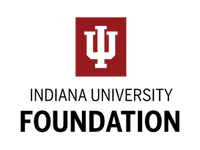
It’s not just the ease of use that makes Indiana University Foundation’s new solution so innovative. As the user scrolls down on their giving pages, they are provided additional information helping to express how their donated funds will make a real impact at the university. Embedded videos, impact stories, and testimonials provided by actual IU stakeholders explain how those funds will make a positive impact on their student journeys and aspirations.
Final Thoughts
The end-of-year giving season is not defined by a single moment. It is a continuous opportunity to inspire generosity, deepen relationships, and build a lasting community of supporters. When your data is clear, unified, and actionable, it empowers smarter campaigns, more personalized engagement, and better visibility into what drives results.
Cloud for Good supports nonprofits in achieving this through Salesforce technology such as Agentforce Nonprofits, Data Cloud, Tableau, and Cirrus Fundraising Agent. Cirrus Fundraising Agent enhances your ability to engage donors by providing intelligent insights and next-best-action recommendations directly to your fundraising staff, helping them personalize conversations, prioritize outreach, and convert high-value opportunities during the busiest fundraising period of the year.
Connect with us today to build a data-driven year-end fundraising strategy, powered by Cirrus Fundraising Agent, that elevates donor engagement, boosts revenue, and helps you achieve long-term success.

